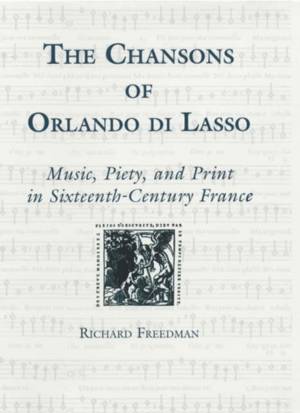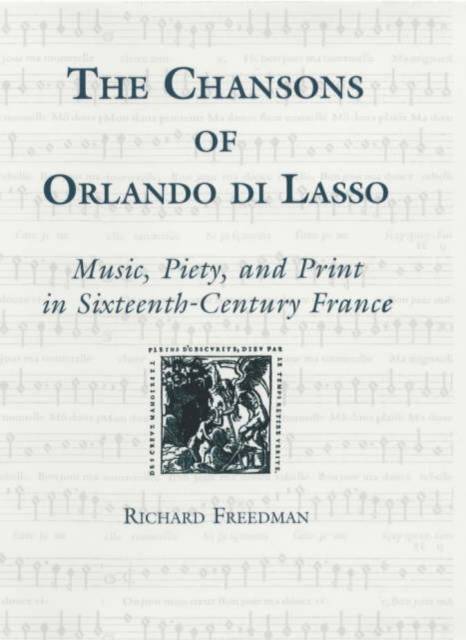
Je cadeautjes zeker op tijd in huis hebben voor de feestdagen? Kom langs in onze winkels en vind het perfecte geschenk!
- Afhalen na 1 uur in een winkel met voorraad
- Gratis thuislevering in België vanaf € 30
- Ruim aanbod met 7 miljoen producten
Je cadeautjes zeker op tijd in huis hebben voor de feestdagen? Kom langs in onze winkels en vind het perfecte geschenk!
- Afhalen na 1 uur in een winkel met voorraad
- Gratis thuislevering in België vanaf € 30
- Ruim aanbod met 7 miljoen producten
Zoeken
€ 177,45
+ 354 punten
Omschrijving
This book aims to enrich our understanding of the French secular music of Orlando di Lasso, using those songs as a means of understanding a particular community of Renaissance readers and the music books they created. The Lasso chansons dominate many of the anthologies of secular music brought out by firms such as Le Roy et Ballard (in Paris) and Pierre Phalese (in Louvain and Antwerp) during the later years of the sixteenth century. Perhaps less well known, however, is the fact that the chansons of Lasso also figured quite prominently in a number of collections of devotional reworkings of secular songs issued by Protestant printers at about the same time. Scholars have not given much credence to these collections, in which some of Lasso's profane lyrics have been changed to convey spiritual meanings, presumably because the overt presence of strong editorial control suggests remoteness from the authority of compositional intent. This study will use the example of the Lasso chansons and their appropriation by Protestant editors as a means of discovering something of how this repertory was heard and understood by a particular community of listeners during the late sixteenth century. In so doing, it will also explore the history of those chansons in print, and the history of the spiritual attitudes that shaped their reception among the Huguenots.
Specificaties
Betrokkenen
- Auteur(s):
- Uitgeverij:
Inhoud
- Aantal bladzijden:
- 284
- Taal:
- Engels
- Reeks:
Eigenschappen
- Productcode (EAN):
- 9781580460750
- Verschijningsdatum:
- 31/01/2001
- Uitvoering:
- Hardcover
- Formaat:
- Genaaid
- Afmetingen:
- 152 mm x 229 mm
- Gewicht:
- 576 g

Alleen bij Standaard Boekhandel
+ 354 punten op je klantenkaart van Standaard Boekhandel
Beoordelingen
We publiceren alleen reviews die voldoen aan de voorwaarden voor reviews. Bekijk onze voorwaarden voor reviews.









